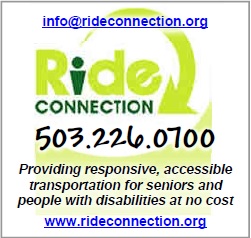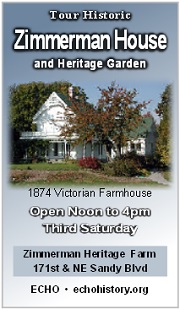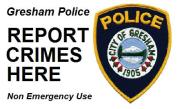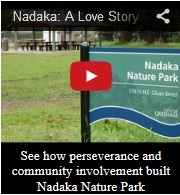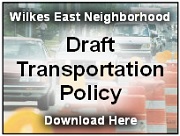
181st Corridor Signal Improvements Coming Spring 2009
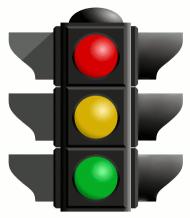
|
181st Corridor Signal Improvements Coming Spring 2009Smart signals, wider turns to relieve traffic congestion |
The 181st Avenue Corridor project is intended to increase existing street capacity and support new industrial businesses within the Urban Renewal Area, and is supported by the Wilkes East Neighborhood and the Rockwood Business Coalition.
Reason for the project
181st Avenue provides the only connection to Interstate-84 within Gresham city limits. As the areas to the south develop, including Pleasant Valley and Damascus, this corridor will grow more congested because it provides the nearest freeway access. The redevelopment potential of the Wilkes East and North Gresham neighborhoods, including the industrial portion of the Rockwood-West Gresham Urban Renewal Area, will be hampered (without improvement) as intersections on 181st near the freeway reach capacity.
Smart signals, wider turns, and a crosswalk closure are expected to relieve traffic congestion through this busy area.
Background
Urban Renewal sponsored a study of Northeast 181st Avenue from Northeast Sandy Boulevard to Northeast Halsey Street to evaluate potential intersection and corridor improvements. The City's Department of Environmental Services completed the study, which includes an analysis of three different corridor alternatives as well as a no build alternative.
The study is in response to the Industrial Opportunity Study, which evaluated development opportunities of the industrial area within the URA. An early action item identified in the Industrial Opportunity Study includes signal upgrades to 181st from Sandy to Northeast Glisan Street to increase existing street capacity and support new industrial businesses within the URA.
Study Recommendations (Revised)
DES Staff presented a draft study to the Gresham Redevelopment Commission at its September 9, 2008 meeting. Staff then conducted a public outreach effort with the industrial area businesses most impacted by the study recommendations. As a result, staff revised the study recommendations to allow right turns from San Rafael onto 181st heading north, while also maintaining the southbound U turn. This revised alternative will better support freight traffic in the area while continuing access to the commercial businesses along this section of 181st.
Based on existing and future traffic volumes, travel patterns, transit use, and overall safety, DES staff recommends implementation of the Sydney Coordinated Adaptive Traffic System (SCATS) alternative. This would entail introducing adaptive signal timing technology to six study intersections (expanded to include a seventh intersection at 181st and Glisan). Implementation necessitates signal phasing changes at the Northeast San Rafael Street intersection. Those include:
- Electronically control the prohibition on westbound right turns on red in order to retain southbound U turn.
Currently a right turn on red from San Rafael northbound onto 181st is prohibited. This will be removed at the San Rafael intersection to give freight traffic more convenient access to I-84. To do this, a lit “no right turn” signal will be installed. That sign will only be lit during the southbound U- turn phase on 181st, meaning that right turns on red will be permitted during most of the signal cycle. - Close crosswalk over north leg of intersection.
- Extend barrier between northbound and southbound lanes north of the intersection to prevent illegal U turns north of the intersection.
A median barrier between the southbound left-turn pocket and the northbound lanes should be installed from the planted island near McDonalds south to within 30 feet of the San Rafael intersection. This island will prevent unsafe and illegal U-turns north of the intersection. - Widen the northeast corner of the intersection to make truck turns easier
Additional Recommendations:
- Program Transportation Impact Fee improvements at Sandy and Halsey intersections by 2020
- Remove unnecessary TIF projects from the City of Gresham Capital Improvement Program "Unfunded" list
Timeline
Complete final design of pavement repairs, signal equipment upgrades, and intersection improvements. Work is scheduled to begin on the SCATS signal improvements in spring 2009, with completion before summer.

